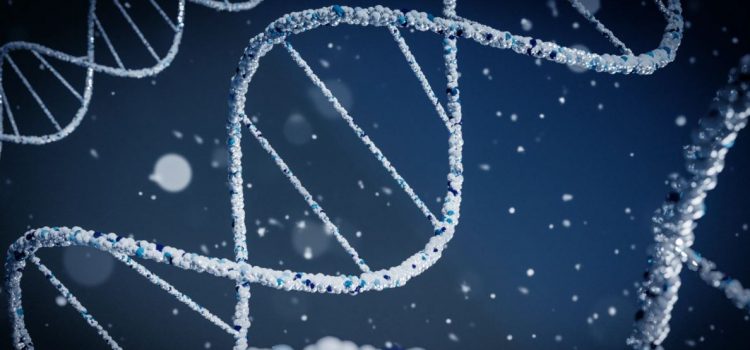Is racism embedded in the digital technologies that increasingly shape our daily lives? Do algorithms and AI systems perpetuate centuries-old patterns of discrimination? Ruha Benjamin’s Race After Technology: Abolitionist Tools for the New Jim Code addresses these urgent questions. Benjamin’s work aims to show how seemingly neutral digital systems—from hiring software to healthcare algorithms—actually amplify racial inequalities in new and often invisible ways. Keep reading for an overview of this thought-provoking book.
Ruha Benjamin’s Race After Technology: Book Overview










